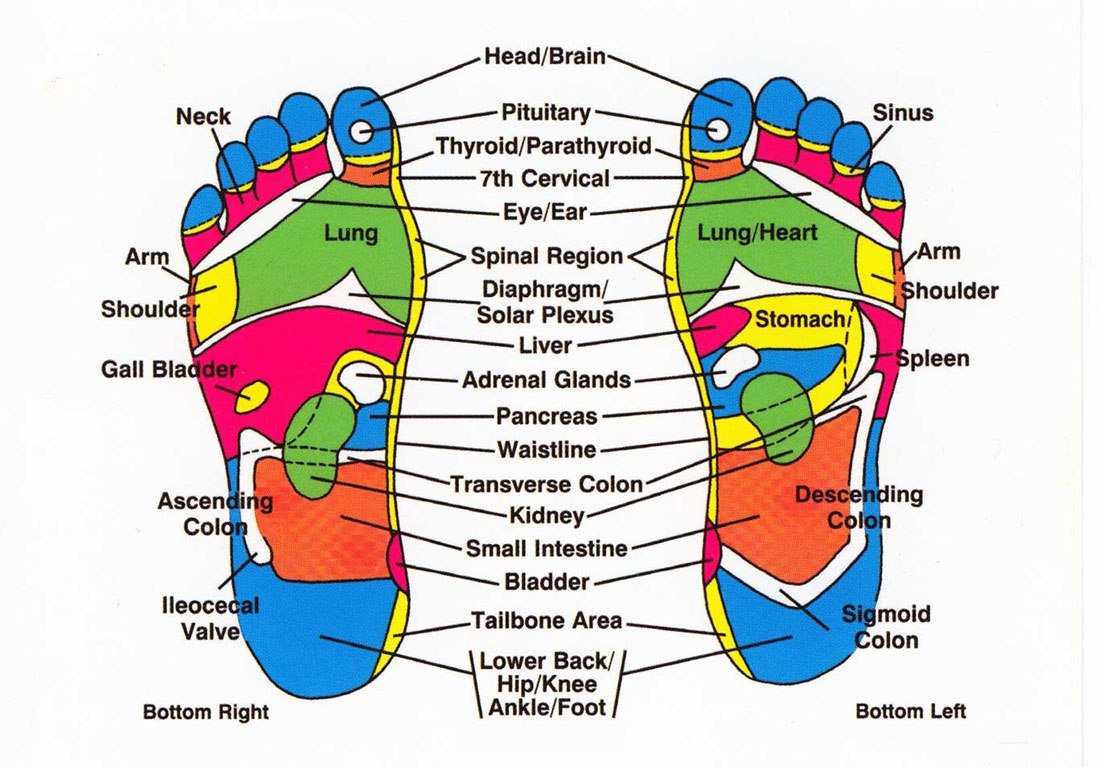Benefits of Reflexology
Murphy Chiropractic and Wellness Center - Reflexology
Reflexology is a type of bodywork that involves applying pressure to the feet and hands to create changes in pain along with other advantages elsewhere in the human body.
The underlying theory behind reflexology is that there are certain points or"reflex areas" on the toes and hands that are connected energetically to certain organs and body parts through energy channels within the body. By applying pressure to reflex areas, a reflexologist is said to eliminate energy blockages and promote wellness in the associated body area.
Here are some examples of reflex areas as well as their corresponding body components:
The tips of the toes reflect the mind
The heart and chest are round the ball of the foot
The liver, pancreas, and kidney are in the arch of the foot
Low back and intestines are towards the heel
Even though the origins of reflexology return to ancient Egypt and China, William H. Fitzgerald, an ear, nose, and throat doctor, introduced this idea of"zone therapy" in 1915. American physiotherapist Eunice Ingram further developed the zone theory in the 1930's into what is called modern reflexology.
In accordance with reflexologists, pressure on the reflex points also helps balance the nervous system and stimulates the release of endorphins which help to reduce pain and stress.
Why Do People Buy Reflexology?
Anxiety and stress-related conditions
Tension headaches and migraines
Digestive disorders
Arthritis
Insomnia
Hormonal imbalances
Sports accidents
Menstrual disorders, such as premenstrual syndrome (PMS)
Digestive problems, such as constipation
Multiple sclerosis
Back pain
Reflexology is also used for postoperative or palliative care. A 2015 review published in Integrative Cancer Therapies found that massage was effective for the relief of cancer pain, particularly for surgery-related painkillers. Of the numerous types of massage, foot reflexology seemed to be more effective than body massage and aromatherapy massage.
What's a Standard Session Like?
A typical treatment is 30 to 60 minutes long and starts with a health history form and consultation regarding your health and lifestyle. The reflexologist will use the data to personalize the therapy.
You may then be asked to remove your shoes and socks and sit comfortably in a reclining chair or on a massage table.
The reflexologist will evaluate the toes and stimulate various points to identify areas of tenderness or anxiety. Brisk moves and massage may be used to heat the hands and feet.
Lotion or oil might be used, and the reflexologist may also use tools like brushes, balls, and dowels.
There's currently no regulation of reflexology from the USA. Your healthcare provider may have the ability to recommend a therapist. You may wish to select a therapist that has been accredited by the American Reflexology Certification Board and contains at least 200 hours of education at a recognized institution.
Reflexology vs. a Foot Massage
While a foot massage might feel the same as a reflexology treatment, a reflexologist will work on regions to encourage a healing response in the corresponding organs. A massage therapist providing a foot massage will control muscles and other soft tissues to boost circulation, relieve pain, and heal injuries in the area or to induce overall comfort.
What Exactly Does Reflexology Feel Like?
Many people discover reflexology, for the large part, to be somewhat relaxing.
Reflexology shouldn't be painful. If you feel discomfort, be sure to distinguish the reflexologist. He or she should work inside your comfort zone.
Some areas may be tender or sore, and the reflexologist may spend additional time on these points. The soreness should decrease with stress.
If you're ticklish, to not worry. The reflexologist applies firm pressure to the toes.
How Will I Feel Afterward?
Most men and women feel calm and relaxed after a reflexology session.
Possible Side Effects and Safety
Be certain to give the reflexologist a complete and accurate history. It's almost always a fantastic idea to consult your primary care provider before trying anything new, including reflexology.
In case you have foot ulcers, current injury, ankle or foot wounds, gout, or a cardiovascular condition, reflexology may not be safe or appropriate. Reflexology might also not be right for individuals with diabetes, diabetes (affecting the foot or ankle ), circulatory problems, active infections, gallstones, kidney stones, or certain kinds of cancer.
The Takeaway
Although reflexology shouldn't be utilized as a sole treatment for any condition, it can be a relaxing treatment to your feet with whole-body advantages. Just make sure you locate a trained reflexologist and to consult your health care provider to see if it is ideal for you.


